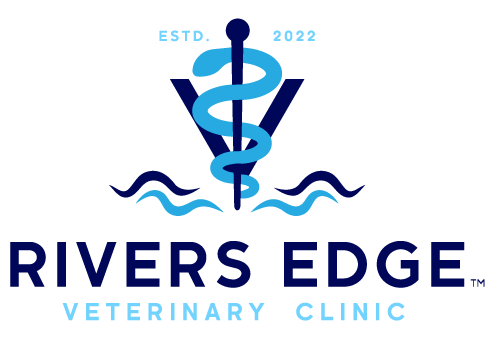Library
-
Diphenhydramine is given by mouth or as an injection and is used on and off label to treat allergic reactions, motion sickness, and to induce sedation. Side effects include sleepiness, and less commonly dry mouth and gastrointestinal upset.
-
Diphenhydramine topical (brand name Benasoothe®) is an antihistamine with some local anesthetic properties. It is used to relieve itching and skin irritation in dogs, cats, and other animals. Diphenhydramine topical comes in a variety of forms, which may be specially compounded.
-
Diphenoxylate + atropine (brand name Lomotil) is an opioid combination medication used to treat diarrhea or coughing in dogs and diarrhea in cats. Its use in cats is not generally recommended. Diphenoxylate + atropine is given by mouth in the form of a tablet or liquid. This article discusses administration, potential side effects, risks, and monitoring.
-
DNA is a large complex molecule that carries the genetic information or genetic code of an organism. All common forms of life, such as viruses, bacteria, plants, and animals carry a copy of their own genetic code in each of their cells. Each organism has a unique section of DNA that is just like a fingerprint. DNA-PCR is often used to detect the presence of infectious organisms; especially when detecting extremely small numbers of infectious organisms and for detecting certain viruses and bacteria that are difficult to diagnose by other methods.
-
Just like people, your cat can mourn when there has been a loss in their world, and the symptoms are similar. There are ways that you can help, with some guidance from your veterinarian or a behaviorist if needed.
-
Cats are not completely color blind, as they can see yellow and blue, as well as shades of gray. Their eye structure allows them to see better in dim light compared to people. Near-sightedness is common among cats.
-
Docusate (Docusate Sodium Bloat Preparation, DSS, Dioctynate®, Pet-Enema®, Enema SA®, Docu-Soft®, Anti Gaz, Bloat Eze, Bloat Go, Bloat Release, Bloat Treatment, Bloat-Lax) is a laxative medication used to soften dry or hard stools and assist with constipation and bloating in animals. It is prescribed for use in dogs, cats, horses, cattle, goats, sheep, and rabbits, but is not recommended for reptiles due to potential fatalities.
-
When a tooth is broken with the pulp exposed, there are only two choices for treatment: root canal therapy or extraction. Root canal therapy involves removing the pulp from the center of an injured tooth, sterilizing the canal, and replacing the removed pulp with dental materials; this prevents bacteria from penetrating the center of the tooth. Root canal therapy is less invasive than extraction but requires advanced training and specialized equipment.
-
Dorzolamide is applied to the eye and is used off label to treat glaucoma (increased eye pressures). Give as directed by your veterinarian. Common side effects include stinging sensation, eye redness, watery eyes, and light sensitivity. Do not use in pets that are allergic to it or sulfonamides. If a negative reaction occurs, please call your veterinary office.
-
Doxepin is given by mouth and is used off label to treat psychogenic dermatoses such as excessive grooming and psychogenic alopecia. Give as directed. The most common side effect is sleepiness. Do not use in pets that are allergic to it or other tricyclic antidepressants, in pets currently using an MAOI or flea/tick collar, or in pets undergoing skin allergy testing within two weeks. If a negative reaction occurs, please call your veterinary office.

